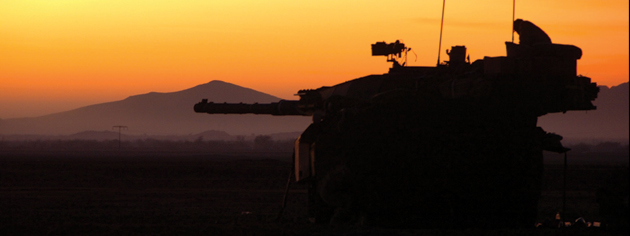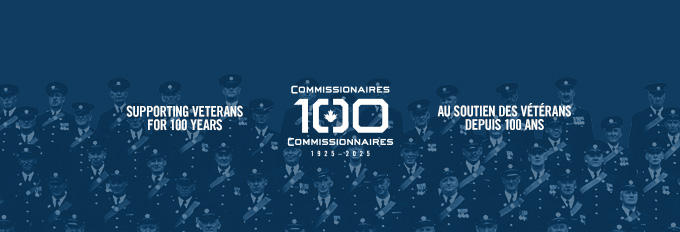
Strong, secure, engaged. The title of the newly released white paper by the Department of National Defence is a reflection of Canada itself.
The new defence policy is a must-read for anyone who wants to know what Canada’s military is doing today—combat, peacekeeping, humanitarian aid, disaster relief—and what it plans to do over the next two decades.
It outlines its core missions—“to detect, deter and defend against threats to or attacks on Canada”—and its concurrent operations—“responding…to multiple domestic emergencies in support of civilian authorities”—as well as its key partnerships—NATO, Norad, the United Nations, law enforcement agencies, civil authorities and non-government agencies.
It promises that defence spending will increase from $18.9 billion in 2016-17 to $32.7 billion in 2026-27. Big-ticket procurement items include jets, ships, drones, space and cyber capabilities and defence intelligence capacity.
Other expense items include $225 million to reduce its carbon footprint, $313 million over five years for an “Innovation for Defence Excellence and Security Program,”
and $102.5 million for outreach to external experts.
The year-long policy review considered 20,000 public submissions, including town-hall meetings and online discussions. Ensuring the health and well-being of forces members was “the No. 1 ask,” said Minister of National Defence Harjit Sajjan. As a result, the primary focus of the policy is military personnel and their families. “Providing them the training, equipment and care they deserve is the most important objective of this policy,” Sajjan said.
Many of the goals are intended to improve the CAF’s human resources:
• increase the regular force by 3,500, to 71,500
• increase the reserve force by 1,500, to 30,000
• improve recruitment, training and retention
• increase the proportion of women in the military by 1 per cent a year, to reach 25 per cent representation by 2026
• provide a workplace free from harassment and discrimination, emphasizing inclusivity, diversity and respect
• $198.2 million in funding for a new “Total Health and Wellness Strategy”
• an increase of $6 million per year in funding for military family support programs
• federal tax exemption on salaries for troops to the level of lieutenant-colonel deployed on named international operations
• a new 1,200-strong soldier-to-veteran transition group, including specialized staff and holding positions for ill and injured personnel, which is to work with Veterans Affairs Canada.
That last item in particular is good news for those who care about and for Canada’s military veterans. We have been waiting a long time for the transition gap to be closed.
“People leaving the armed forces in the past have gone through a bureaucratic process that was essentially designed to get you out and move you on,” said Chief of the Defence Staff General Jonathan Vance. “We need to professionalize that.”
Being a member of the Canadian Armed Forces is a challenging, sometimes dangerous, career choice. All who join are entitled to receive the best possible training, support, health care and compensation. Canada’s new defence policy is a big step in the right direction.
Advertisement


















